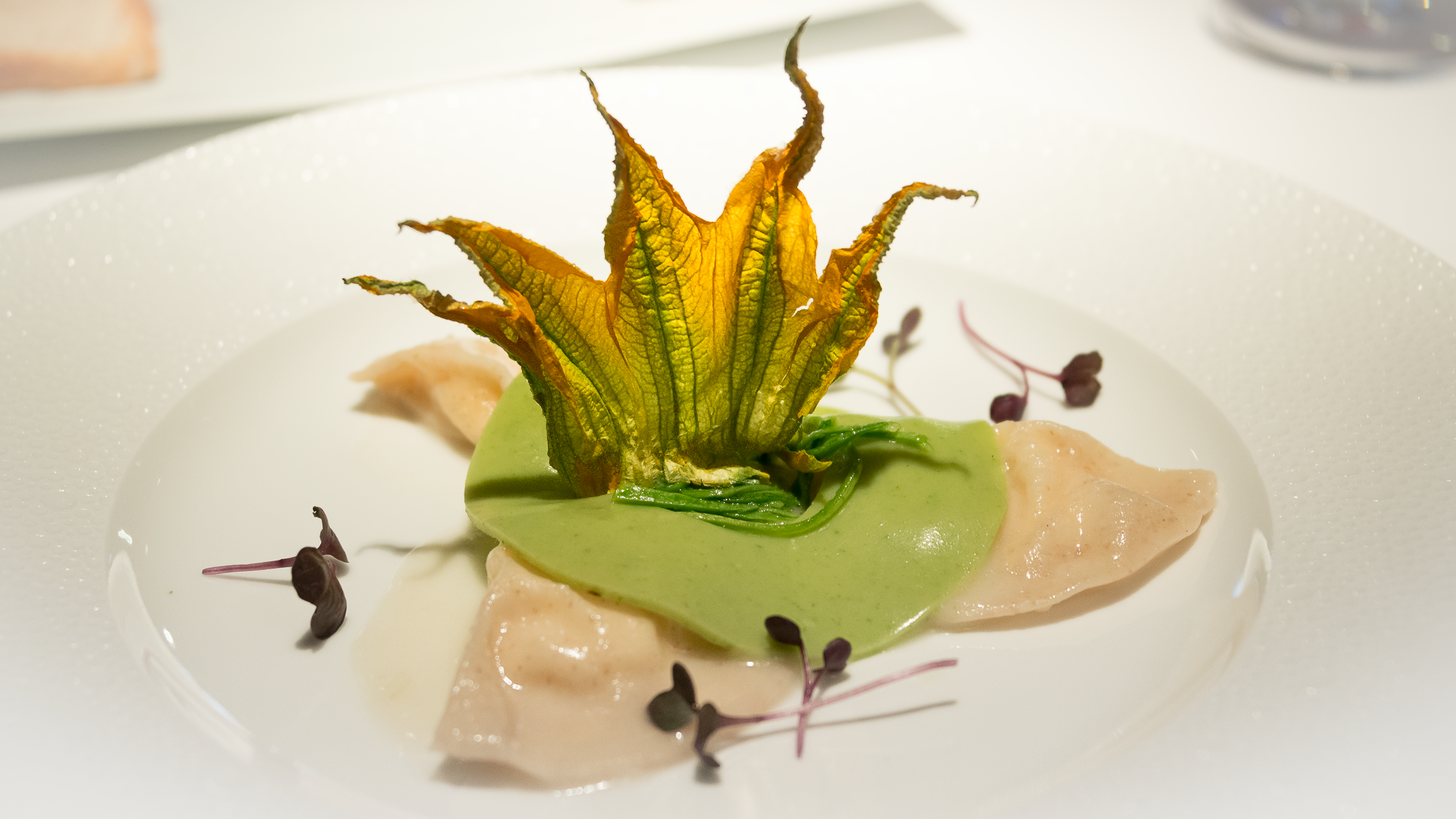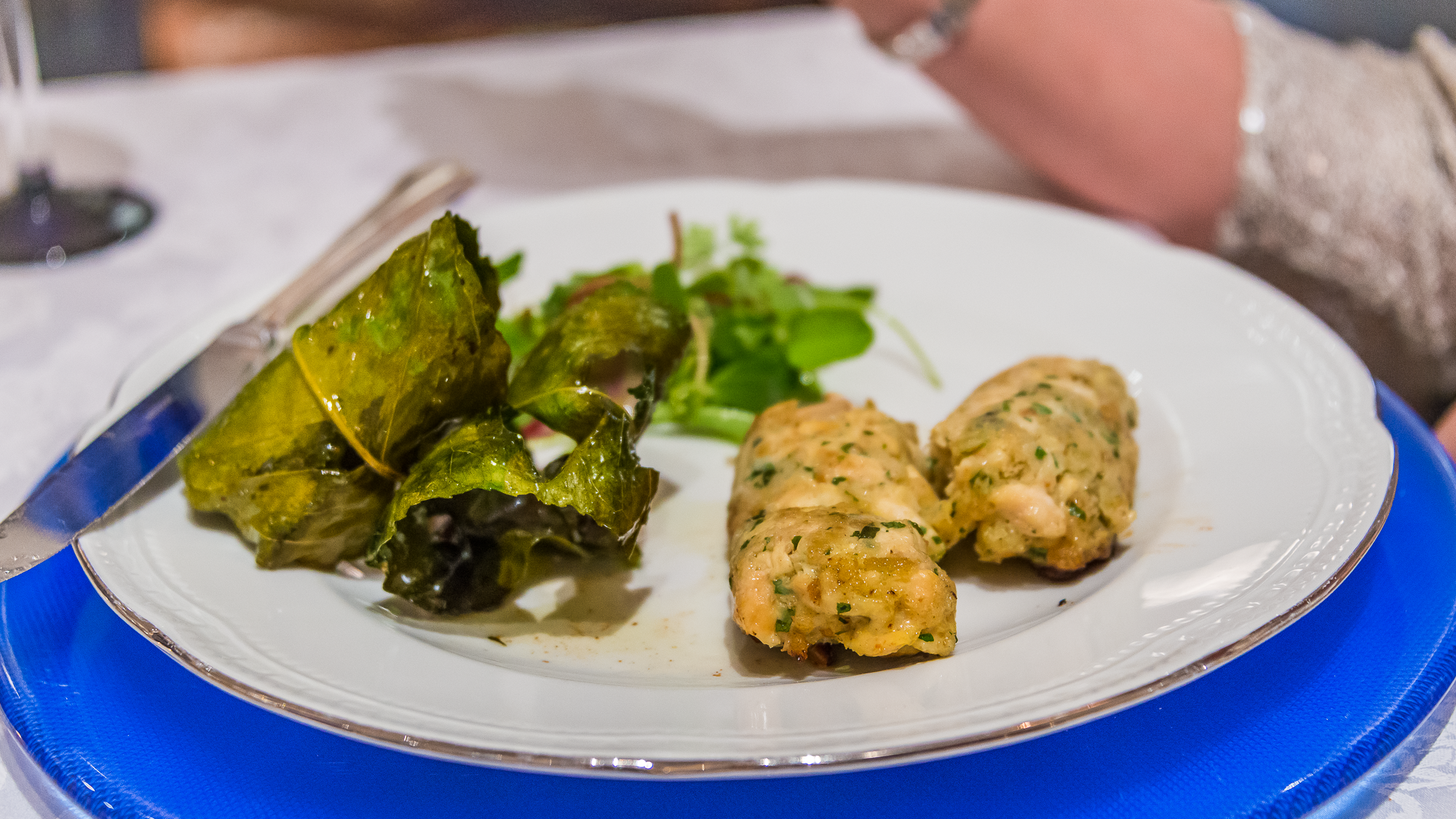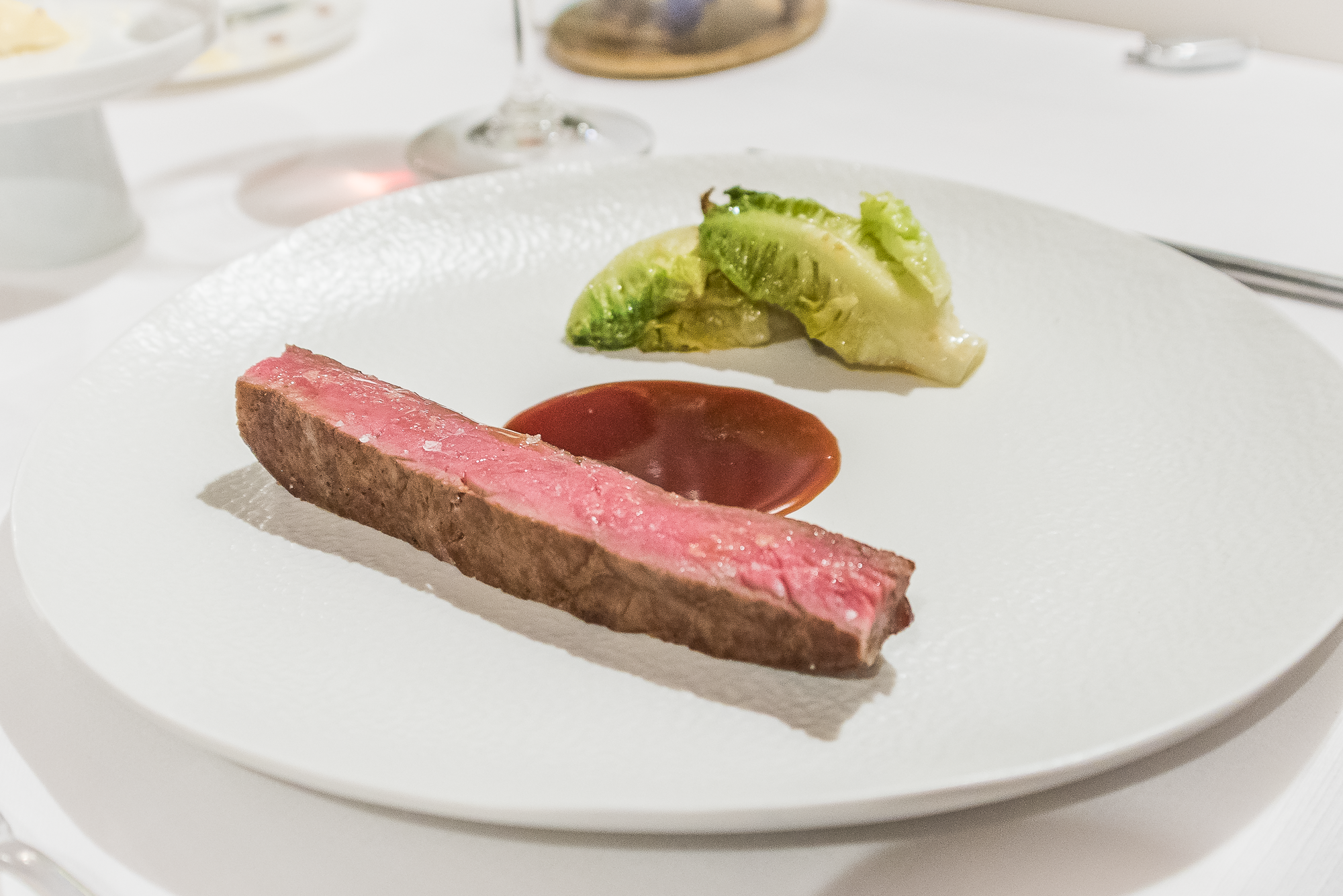Today I have a transformation for you…but it is a bit different than my usual transformations.
“ I could have taken that mail out of the mail slot early on in the process, but I’m not sure of the legal ramifications”
I came across a rather blah door whilst strolling Venice. And there, sitting right there in front of that door, sat a lamp…but, actually I think it was standing, rather than sitting. And, the cord was draped on the wall, unplugged.
Rather than leave it there in that state, I decided to digitally turn on the light and make it a nighttime scene. See how I did that.
The Original Snapshot
I know, I know. It looks horrible, doesn’t it. So, let’s get going.
Cropping the Original
As is nearly always the case, cropping is necessary. Not only to work down to a 4:5 aspect ratio, but to focus in on the subject. With the modern image resolution of professional cameras, one can zoom in a good bit without losing detail.
And the vertical lines of the doorway seem to drift a bit, so I’ll fix that.
There is still more cropping needed to get to that 4:5 ratio, which is perfect for an 8x10 or 16x20 print, but wait...
What is that Relief Carving Above the Door?
I think ancient superstition has been upheld here. You’ve heard that folks years ago, when hearing thunder, thought that the god’s were bowling in Heaven. I think this just might prove that old-time notion. Note that the angel is holding what appears to be a bowling ball. This large, plaque-like carving is obviously a bowling-trophy-of-old that one would place over their doorway.
Crop It Down
Here I crop it down to the finished size.
Let’s Add Some Color
I am now going to blue-up the door a bit. As the lamp will be emitting a yellowish glow, the contrast of the blue should work well.
Make it Night
There’s too much ambient light…and I want it to be night time so the lamp can do it’s thing.
Turn On the Light
Yes, I was able to find a place to plug in that lamp cord. So, now we have a lonely light, just sitting (or standing) around not doing much of anything, it seems.
And that distracting bowling trophy above the door has been removed.
Did you notice the mail in the mail slot?
Dealing with the Mail
I’ve been putting off this part. I could have taken that mail out of the mail slot early on in the process, but I’m not sure of the legal ramifications, being Italy and all. After examining it closer, I see that it’s just a circular of some sort, complete with a helpful map. Since it’s late at night and they haven’t yet claimed their mail, maybe they just aren’t interested. I’m going to take it out of the slot and throw it away.
Oops, it’s not actually night, is it? I took the photo in the morning…just after mail delivery. So, I’ll slipped it under the door…after all, it could be notice of an upcoming sale at a small, gem-of-a-store called Prosciutto e Parmigiano, which cuts the prosciutto by hand, right in front of you. You can learn more about prosciutto here.
So, here is the finished product. And oh, I also removed the lock on the door…just a little too modern for my taste. And, you can see that the mail has been slipped under the door…I have no interest in being sent to the Italian mail-theft prison.
That’s it for today folks. A lonely, abandoned lamp has been given a new lease on life, casting its abundant rays out into the night…oh, so poetic. But, that reminds me…how about a lamp double Haiku?
Lonely broken lamp,
Yearning for a place to glow.
Silent night - no light.
Broken lamp now fixed,
Casting light like ne’er before.
All is well - tonight.
Until next time…
Ciao for now,
Steve
Don’t miss a single article…click here to subscribe!!!














































